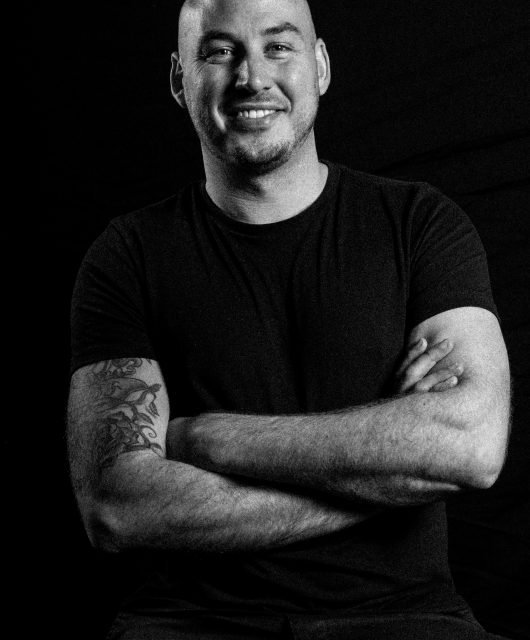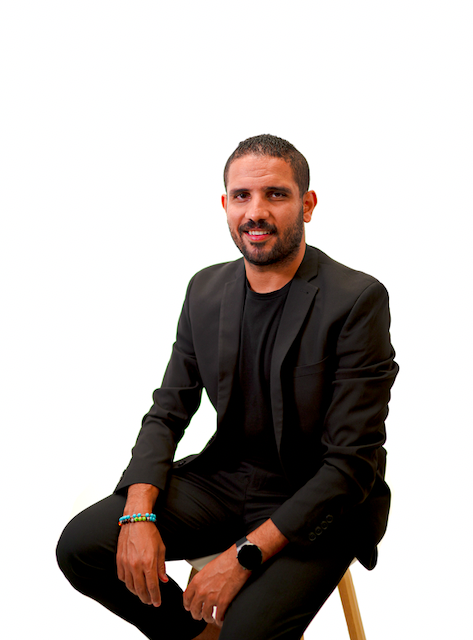How Creative Commerce Can Help Brands Innovate
By Mona Hassanie, Senior Strategist, Geometry MENA
Since day one of the pandemic, we’ve managed to add a new word to meeting bingo: digital transformation. Only this time, this word isn’t so mundane or pseudo intellectual – this time, it means something quite crucial.

We’re experiencing an unprecedented scenario, one that led to reactive behavior from every industry – drawing similarities in patterns. But since what I know most exists in the ad scene, here’s my two cents on what I believe agencies should be focusing on when it comes to digital transformation.
There’s one statement that has been established by the massive amount of reports produced on the topic of changing human shopping habits: budgets spent on the physical world will no longer be the norm, at least for now.
With analog interactions sharply limited by COVID-19, the world is going digital, accelerating an existing trend, adapting to the changing dynamics.
Brick and mortars need digital storefronts.
Car showrooms need virtual tours and home test-drives.
Personal trainers need video-enabled trainings.
And obviously, FMCGs need the best real estate on Amazon.
With that, agencies and brands have rushed their efforts toward focusing on the online space, hoping it will keep business afloat and the economy moving during this global crisis.
However, there is an issue with such a rapid response. Or at least, a mini hurdle.
Because today, we can see two different outcomes, yet one common challenge.
Outcome 1 – Agencies that were already known for their digital expertise dominated conversation with brands and clients, and added e-commerce to the mix.
Outcome 2 – Agencies whereby digital was a tertiary focus rallied internally to develop digital solutions, trying to win some share with minimal proof of performance.
Both outcomes, though, created one common challenge: Every agency now claims to do everything and anything digital – with minimal differentiation and no specialization.
And as much as that is an understandable result, as markets and brands are in survival mode, the playing field is bland.
Perhaps, there is something else that can be done when it comes to adapting to this digital trend accelerated by COVID-19.
A few years ago, I stumbled upon a talk given in Cannes. The concept discussed was the power of coming in third.
We all know firsts are the best. And seconds will always try harder. So why would it be good for anyone to come in third?
Well, here’s why:
The first, creates a novel idea.
The one that comes second, takes that idea, does the business due diligence and scales it.
And the one that comes third, takes a novel idea, with all the studies related to its scale and monetization, and transfers it into a different industry.
The reason I reference this, is because many agencies have focused on beating the firsts and seconds, forgetting that they could potentially offer a differentiated digital proposition.
And that starts by one simple question:
How can we repurpose existing digital solutions for the benefit of societies and brands affected by COVID-19?
On a more granular level:
How can social pages transform into a brand storefront?
How can voice assistants become a brand voice in-home?
How can delivery apps become channels for physical activations?
We shouldn’t be thinking about doing more of what is already being done.
We should be thinking about doing something more with what already exists.
For instance, governments have done an impressive job in repurposing existing technology.
When the virus was quickly spreading, the South Korean government utilized location-based services, maps, and social platforms to trace back contamination paths.
The good news is that the real work has just started. Soon enough, e-commerce and digital apps won’t be enough for brands and the need for alternative forms of engagement will arise.
And when one technology is transformed, new opportunities will emerge – services, products and markets will be recreated, along with the whole ecosystem that surrounds them.
As a strategist working for brands that rely on their sales to keep current employees and generate more work opportunities, I think of all the existing possibilities and wonder how agencies could, with what it is available today – help brands to thrive.
Here are a few thoughts on how a brand with a “third place” mindset could drive growth.
Web conferencing tools have really proved to be very useful in this moment.
It is through video-conferencing that we work, see family members and have our happy hours.
And while it is one of the most used technologies right now, I do wonder perhaps whether we are exploring the full potential of video conferencing?
If we want to gain clients’ interest, more than ever, conversion should be at the heart of our work.
With that context in mind, consider the idea of video conferencing being potentially transformed into a key touchpoint for conversion? Enabling existing brand users to share and recommend their favorite home products through the background of their own calls.
Features such as brand recognition, product reviews and ecommerce redirection could have a completely new meaning for consumers and a completely new role in the growth strategies of brands.
My point though, is that in the end, the prospect of opportunity out of adversity exists for agencies that are able to quickly adjust to the new creative commerce landscape emerged by COVID-19.
We can and need to be bolder in reimaging and recommending what the new normal could be for our clients.
But in order to talk the talk, we need to master the walk first.





